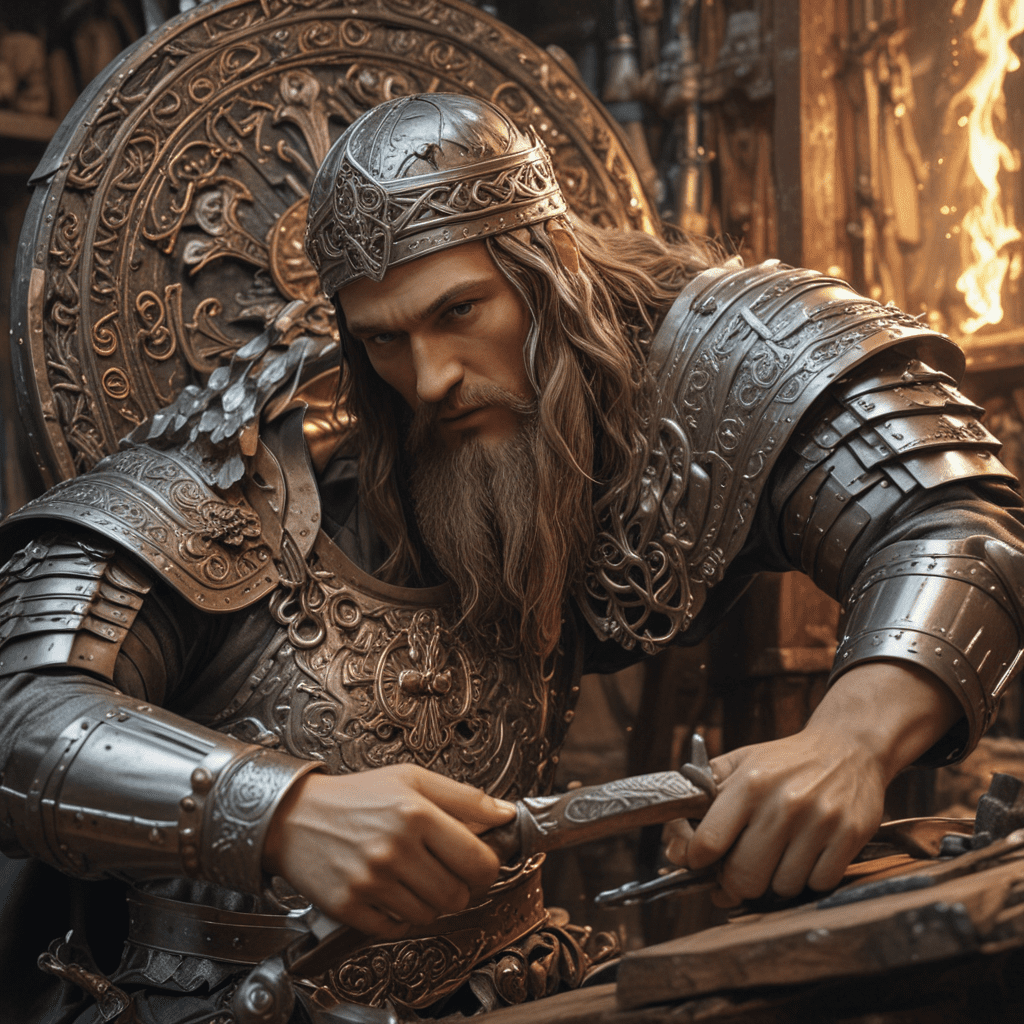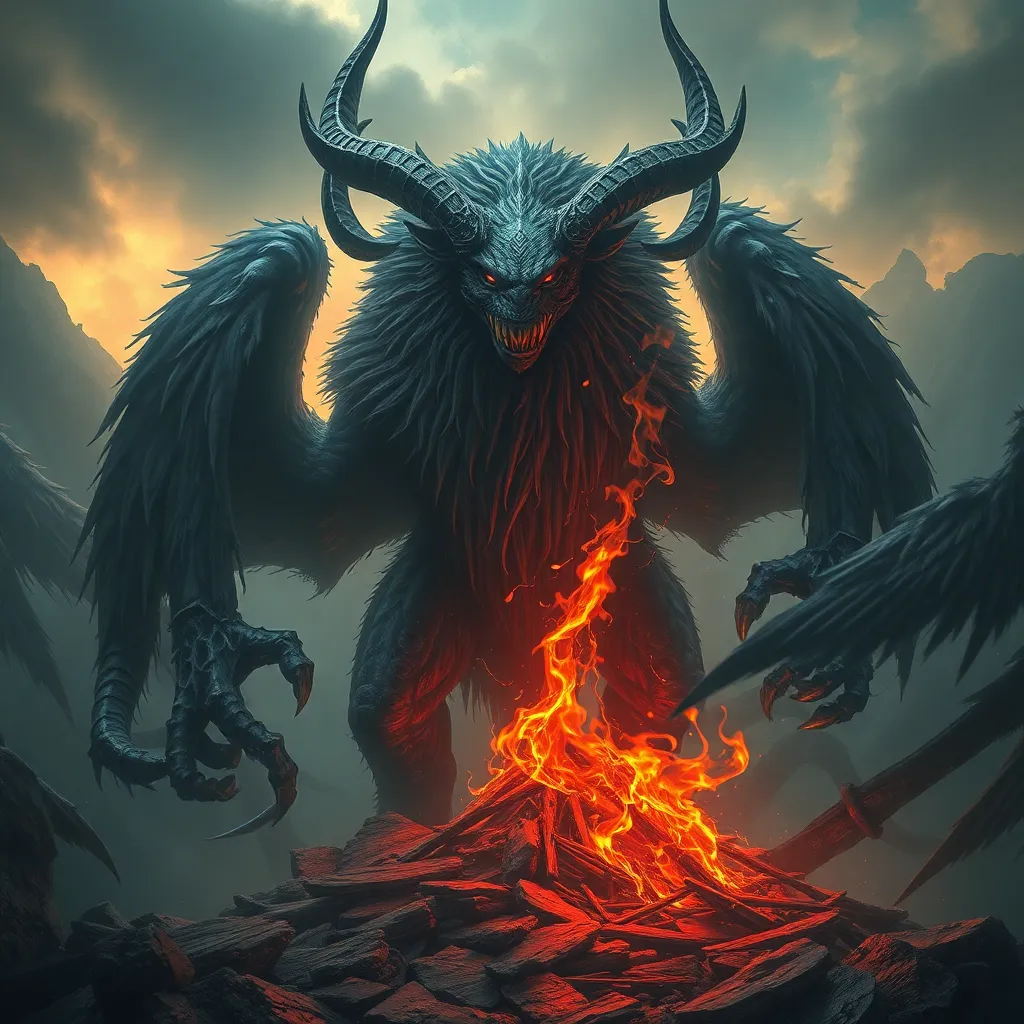The Huldra’s Domain: Uncovering the Myths of the Norwegian Forest
I. Introduction
The Huldra is a captivating figure from Norwegian folklore, steeped in mystery and allure. Often depicted as a beautiful woman with long hair and a cow’s tail, she embodies the enchanting yet dangerous nature of the wilderness. The Norwegian forest, with its dense trees and hidden glades, serves as a significant backdrop for these myths, reflecting the deep connection between nature and culture in Norway.
This article aims to explore the intersection of myth and nature by delving into the legend of the Huldra, the physical and cultural significance of the Norwegian forests, and the ecological implications of these ancient stories.
II. The Huldra: A Mysterious Enchantress
The Huldra is not just a simple character in folklore; she is a complex enchantress with a dual nature. On one hand, she is alluring, often luring men into the forest with her beauty and charm. On the other hand, she can be dangerous, punishing those who disrespect her or the natural world.
Historically, the origins of the Huldra myth can be traced back to ancient Norse beliefs that revered nature spirits. Some scholars suggest her character may have been influenced by the agricultural practices of early Norwegians, who viewed the forest as both a source of sustenance and a realm of peril.
III. The Norwegian Forest: A Realm of Enchantment
The physical beauty of Norway’s forests is breathtaking. Towering pines, lush undergrowth, and serene lakes create a landscape that feels both mystical and alive. These forests have inspired countless tales and legends, serving as the backdrop for many fairy tales that have been passed down through generations.
In Norwegian culture, nature plays a vital role, embodying both national identity and individual spirituality. The forests are not just a setting; they are a character in their own right, influencing the stories and lives of those who dwell within and around them.
IV. The Huldra’s Connection to Nature
The Huldra symbolizes the relationship between humans and nature. She represents the beauty and danger of the wilderness, serving as a reminder of the balance that must be maintained. As a guardian of the forest, the Huldra is believed to protect the natural world from those who would exploit it recklessly.
Furthermore, the ecological implications of the Huldra myth are profound. She represents the need for respect and harmony with the environment, emphasizing the importance of sustainability and conservation. In many ways, her story aligns with modern environmental movements that advocate for the protection of nature.
V. Other Mythical Creatures of the Norwegian Forest
Norwegian folklore is rich with a variety of mythical creatures, including trolls, elves, and other forest spirits. Each of these figures contributes to the tapestry of cultural identity in Norway.
- Trolls: Often depicted as large, brutish beings, trolls represent the untamed forces of nature.
- Elves: Ethereal and enchanting, elves are seen as protectors of the forest, much like the Huldra.
When comparing the Huldra to these other creatures, one can observe that while they all embody different aspects of nature, the Huldra uniquely combines beauty with danger, serving as a powerful metaphor for humanity’s relationship with the wild.
VI. Modern Interpretations and Cultural Impact
The Huldra continues to capture the imagination in contemporary literature and media. From novels to films, her character has evolved while still retaining its core essence. These modern interpretations often explore themes of femininity, nature, and the consequences of human actions on the environment.
Moreover, the allure of the Huldra has had a tangible impact on tourism in Norway. Many visitors are drawn to the forests not only for their natural beauty but also to experience the folklore that permeates the landscape. This intersection of myth and tourism contributes to local economies and fosters a deeper appreciation for the natural world.
In today’s environmental discourse, the Huldra serves as a poignant reminder of the need to preserve our natural heritage and respect the ecosystems upon which we depend.
VII. Field Research: Exploring the Forests of Norway
Personal experiences in the Norwegian forests can be transformative. The dense trees, the sounds of wildlife, and the faint whispers of ancient stories create an atmosphere that feels alive with magic. Many who venture into these woods report a sense of connection to the past and to the myths that have shaped the culture.
Interviews with local folklore experts and storytellers reveal a rich tradition of oral history, where each tale carries lessons about the environment and humanity’s place within it. Observations made while exploring these landscapes show how the myth of the Huldra is intertwined with the physical and spiritual aspects of nature.
VIII. Conclusion
In conclusion, the Huldra holds a significant place in Norwegian culture, representing the intricate relationship between humanity and the natural world. Her story, along with the myths of other creatures, serves as a reminder of the importance of respecting and preserving our environment.
As we reflect on the enduring power of these myths, it is crucial to recognize their role in shaping our understanding of nature. The call to action is clear: we must strive to preserve not only the stories of the Huldra and her kin but also the beautiful landscapes of the Norwegian forest that inspire them.



